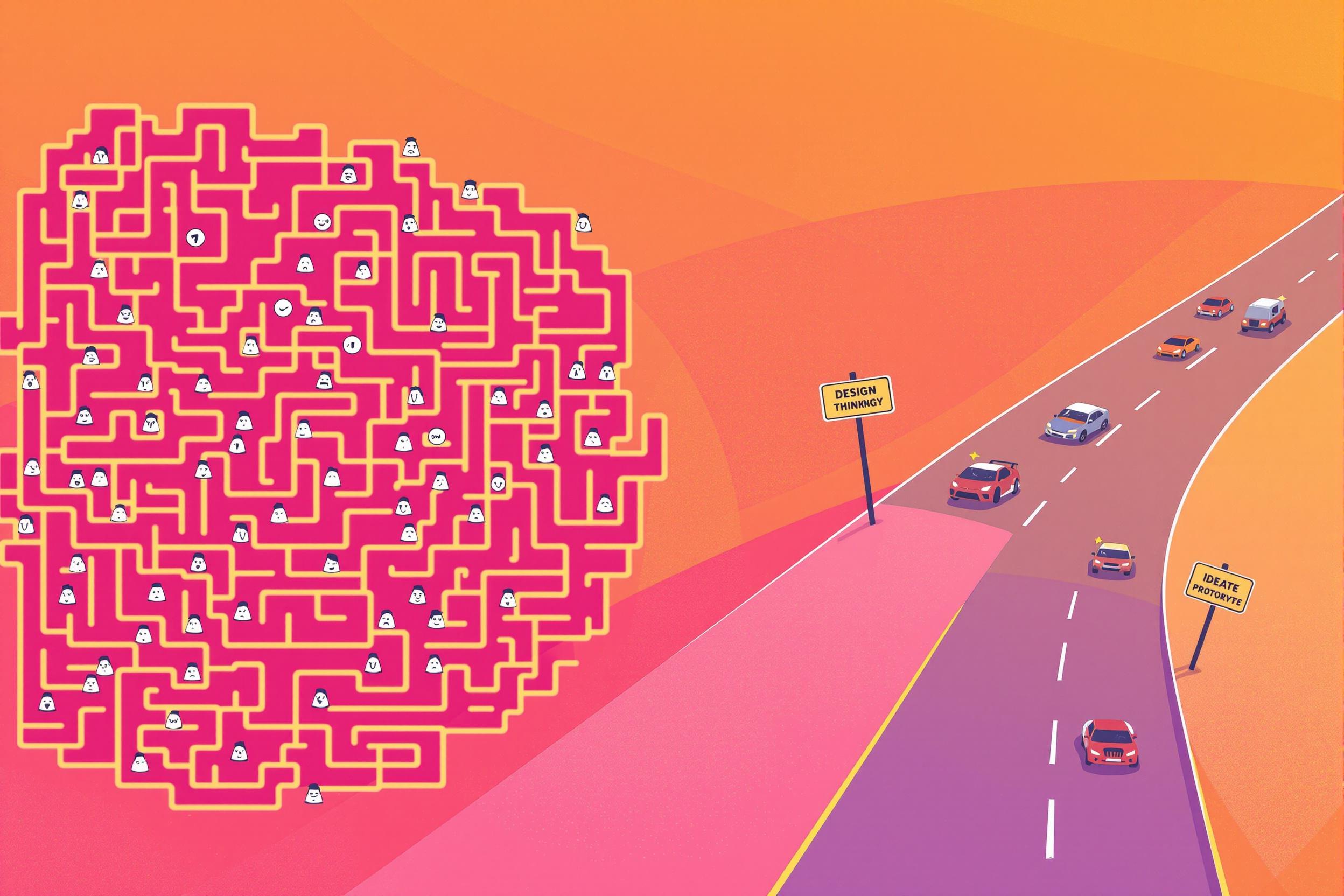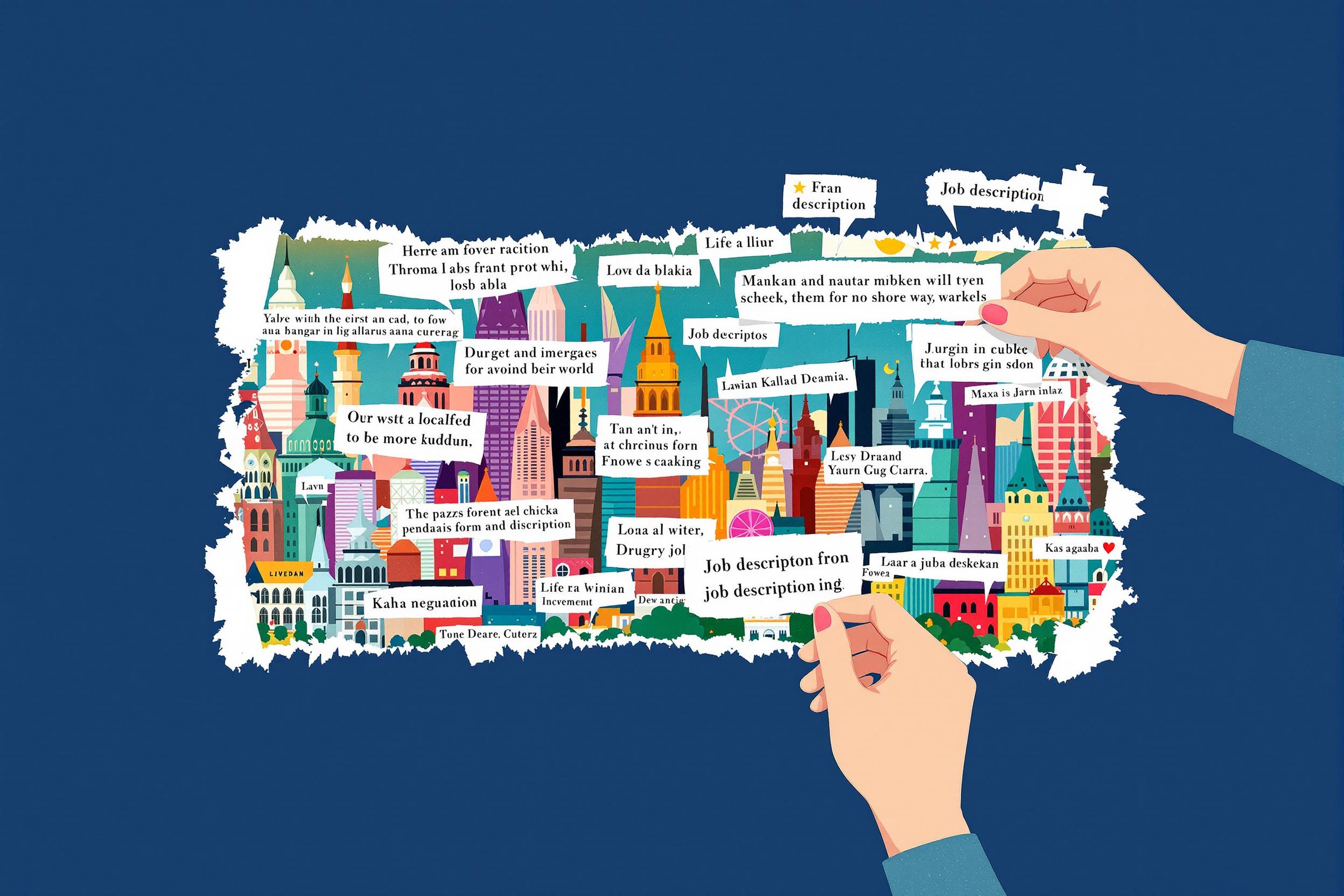
Textile Design
Textile Design is the art and science of creating patterns and designs for fabrics and materials used in fashion, home furnishings, and other industries. Designers in this field develop unique prints, weaves, and surface designs that appear on everything from clothing to home decor items. This role combines creativity with technical knowledge, as designers need to understand both artistic principles and how different materials and production methods work. Think of it as creating the "blueprints" for how fabrics will look and feel, similar to how an architect designs buildings.
Examples in Resumes
Created seasonal Textile Design collections that increased fabric sales by 30%
Developed innovative Textile Designs for luxury handbag manufacturer using digital tools
Led team of junior Textile Design specialists in creating patterns for children's wear collection
Typical job title: "Textile Designers"
Also try searching for:
Where to Find Textile Designers
Professional Associations
Online Communities
Job Resources
Example Interview Questions
Senior Level Questions
Q: How do you manage a textile design project from concept to production?
Expected Answer: A senior designer should explain their process of trend research, creating design briefs, managing timelines, coordinating with production teams, and ensuring quality control throughout manufacturing.
Q: How do you balance creativity with commercial requirements?
Expected Answer: Should discuss how they consider target market, price points, production capabilities, and trend forecasts while maintaining design integrity and innovation.
Mid Level Questions
Q: What factors do you consider when selecting materials for a design?
Expected Answer: Should explain how they consider end-use, cost, durability, care requirements, and environmental impact when choosing materials.
Q: How do you adapt designs for different markets or price points?
Expected Answer: Should discuss how they modify complexity, materials, and production methods to meet different market needs while maintaining design appeal.
Junior Level Questions
Q: What design software are you familiar with?
Expected Answer: Should be able to discuss experience with common design software like Adobe Photoshop, Illustrator, and specialized textile design programs.
Q: How do you stay current with fashion and textile trends?
Expected Answer: Should mention following trend forecasting services, fashion magazines, social media, and attending trade shows or exhibitions.
Experience Level Indicators
Junior (0-2 years)
- Basic design software use
- Color theory understanding
- Pattern repeat creation
- Trend research
Mid (2-5 years)
- Advanced pattern development
- Material knowledge
- Production process understanding
- Client presentation skills
Senior (5+ years)
- Collection development
- Technical specification writing
- Team management
- Budget planning
Red Flags to Watch For
- No portfolio or sample work to show
- Limited knowledge of different fabric types and properties
- No experience with design software
- Poor understanding of color theory and pattern creation
Related Terms
Need more hiring wisdom? Check these out...

Why Your Hiring Process is a Maze (And How Design Thinking Can Turn It into a Superhighway)

Digital Apprenticeships: Crafting the Future Workforce Pipeline

Refining Job Descriptions to Expand Applicant Pools: Casting a Wider Talent Net

